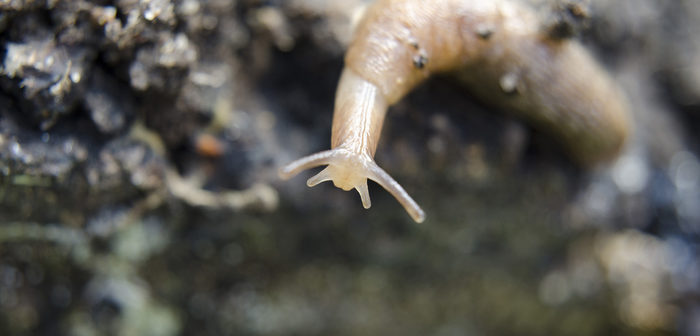With the wet weather on its way, Adama says that preparation is key to curbing slug damage this autumn.
Monitoring your slug population via slug trapping is a key step to mitigating slug activity, says Adama.
According to them, the best time to review your slug population is when the weather is mild and the soil is damp, using refuge traps.
“Each trap or shelter should consist of a tile, hardboard sheet or 25-30cm plant pot saucer which will provide a refuge underneath which slugs can gather. Each trap should be baited with a suitable food source (two heaped teaspoonfuls of chicken layer’s mash is recommended), but it is important not to use slug pellets for this purpose.”
Nine traps should be placed in each field, in a W pattern – with the traps concentrated in areas known to suffer damage. The number of slugs should then be counted in the morning, as they are more likely to visit and stay in the trap on a mild and moist night.
Adama recommend that the following thresholds indicate a risk, when soil and weather conditions favour slug activity:

Source: Adama
They then advise that once these thresholds have been met, and only then, a suitable molluscicide should be applied.




